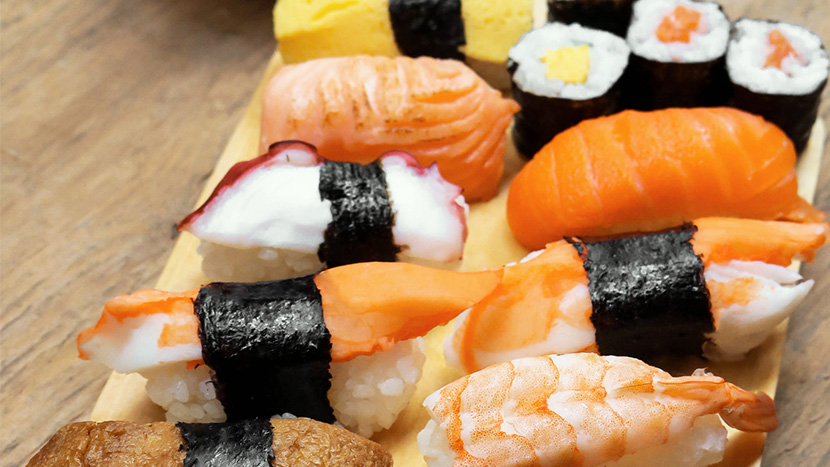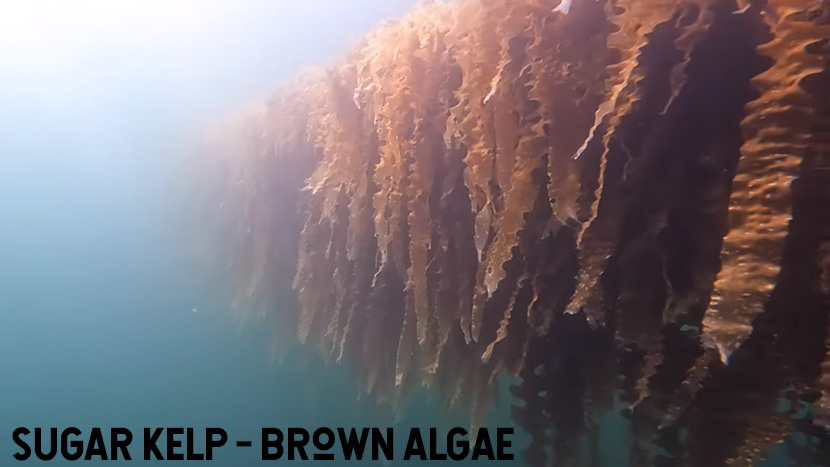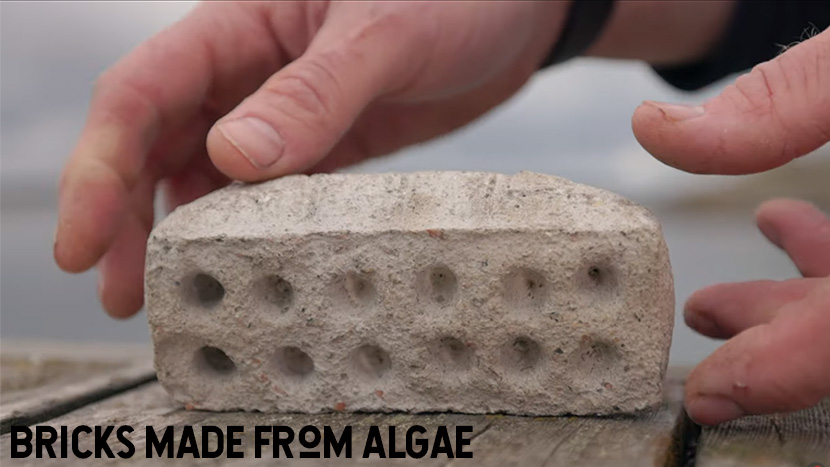Why you should eat algae!
Why algae is good for you, and the planet.

In today’s world, we need to grow and eat a range of different foods, both for our health and the planet’s. Diversifying our diets can help us to get all the nutrients we need, while also reducing stress on resources by spreading out the pressure on soils, water, or other things needed to grow food.
For example, land used for agriculture occupies around 38% of the Earth’s terrestrial surface, where ⅓ is cropland and ⅔ is pasture for grazing of livestock, and that number is growing. With growing populations and an increasing demand for resources, as well as the battle to combat malnutrition around the world, finding new ways to grow food and different sources for healthy foods needs to be a priority.
An incredible and underappreciated source of carbs, protein, and vitamins is one that we can cultivate, not on land, but in the ocean… it’s algae!
Algae as a part of human diet is anything but new, in fact, it can be traced back as far as 14,000 years ago, to a famous archaeological site in Chile called Monte Verde, just as a single example, and continues to be an important part of many cultural foods, like sushi or Welsh laverbread! Now, more people are looking to algae as an important addition to our diets and a replacement for other, less sustainable materials.

What is algae?
What we call “seaweed” or “algae” is a bit of a tricky group, because it contains a very diverse set of organisms, some that are actually from different kingdoms! The three recognized groups are: brown algae, red algae, and green algae, where brown algae fall into the kingdom Plantae, and red and green algae into the kingdom Chromista, which contains single-celled and multicellular eukaryotes. Now funny enough, “blue-green algae,” such as spirulina (a popular supplement), is not algae, but instead cyanobacteria!
More colloquially, we can divide algae into two groups: Macroalgae, such as giant kelp, and the microscopic or microalgae, which can only really be seen with a microscope. The edible algae that we will be talking about today consists of macroalgae, such as brown algaes, like sugar kelp, and red algaes, like nori!

Why eat algae?
Though algae is probably not a miracle food that will be able to entirely replace key parts of our diets, like vegetables, grains, and tubers for example, it can be an important piece to a balanced diet, whether eaten whole or as a supplement. It is also really delicious and can add an interesting new element to the culinary experience. Algae has many great benefits and is a source of:
- Carbs
- Iodine
- Protein
- Iron
- Dietary fiber
- Vanadium – which can help regulate blood sugar!
This makes algae a well-rounded food item that could help a lot of people achieve better health!
How does algae farming work?
So you might be curious, how do you grow algae?
First off, algae farmers seed large ropes, so that the algae have something to grow off of and so that it can be harvested later, and put the ropes out to sea, at a depth where they will get enough light – anywhere from 1-5 meters depending on the clarity of the water. Then, seeds are left to grow, usually over winter. In the spring, ropes are brought in with large winches on a boat where the seaweed can be harvested. The seaweed is then dried in two steps: hang drying followed by drying indoors with heaters. After all the moisture is removed, it can be packaged and sent off to be used in various products.
Other uses for algae
Algae is now being used in many different products, such as:
- A nutritional additive for animal feed
- Bricks for construction
- A replacement for plastics (like toothbrush handles)
- Cosmetics
- Biofuels

Algae is also being researched for its ability to reduce methane production from cows – check out more on this subject here.
Pros of Algae farming
So we can see that algae can be really beneficial to eat, and in addition to that, algae farming is very sustainable compared to many other crops, because algae farming:
- Needs little care throughout the growing process
- Requires no extra water
- Doesn’t need extra fertilizers
- Can actually help absorb an excess of nutrients from the area
- Does not use pesticides
What are some cons of algae farming?
Now, just like any kind of agriculture, there are some issues with algae farming. First, on large scales, algae farms could take up too much space, and too many nutrients, but so far research shows that with small-medium scale algae farms the benefits outweigh the risks.
As well, concerns about entanglement of marine species have arisen, but so far risk is noted as unlikely, and in 40 years of research there have been no official reports of entanglement.
Algae farm operations also have to ensure that they do not introduce potential invasive species into marine systems, meaning they should only farm algae species that are native to that region, this is usually enforced by legislation.

Additionally, there are concerns about the levels of contaminants and heavy metals absorbed by algae and how that may impact human health. So far, research is revealing that contamination levels for heavy metals are below levels considered harmful to human health, but also advocating for continued monitoring of the issue.
One study we found did report concerning levels of certain contaminants for human health in certain seaweeds in the Salish sea, however, these levels were comparable to levels found in other common foods, reminding us that the main concern should be in remediating and recuperating natural systems so that we are not poisoning our environment, and ultimately ourselves.
So, try eating some algae!
In conclusion, algae is a great addition to our diets and may help us to alleviate the stress on other resources as we work towards a healthier population and planet! Though research needs to keep monitoring impacts and finding the optimal way to farm algae, small-medium scale algae farms are a step in the right direction to a better future!
Watch Rob and Jonas explore this Sugar Kelp farm in Northern Europe!

